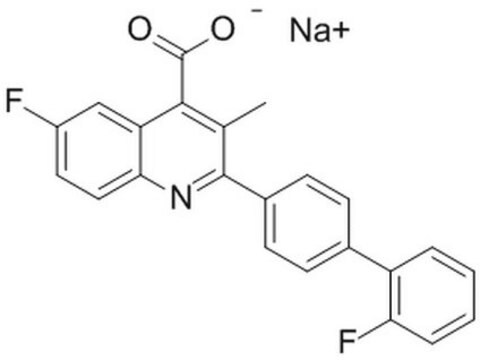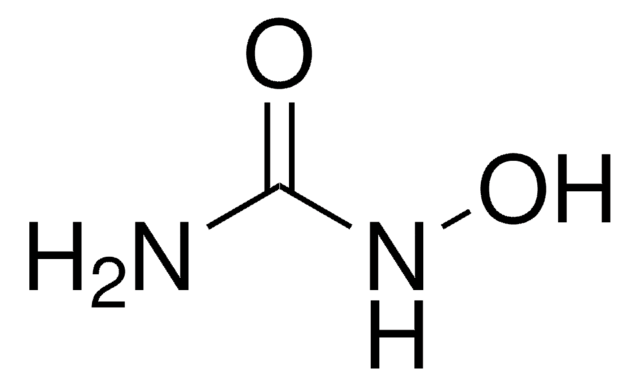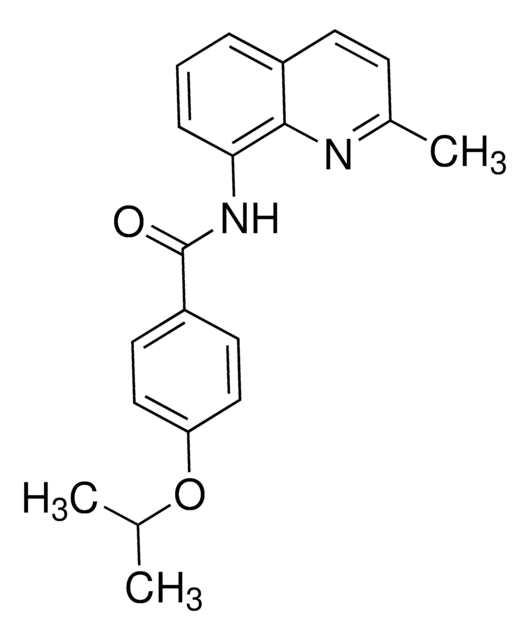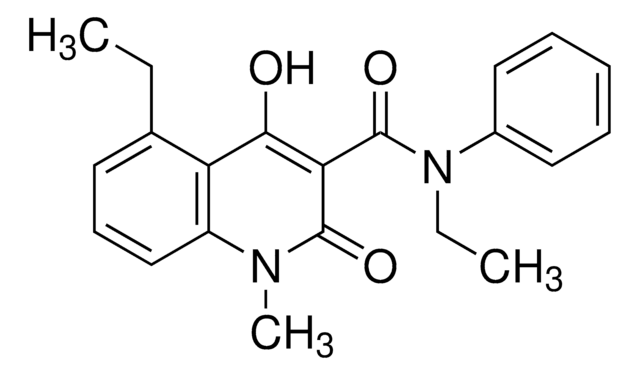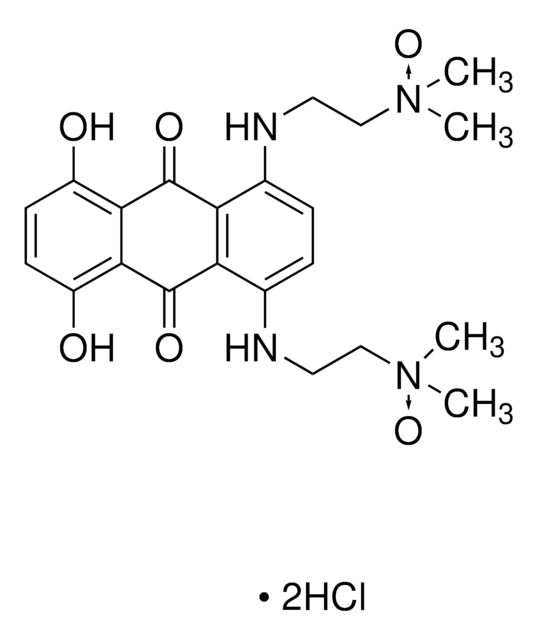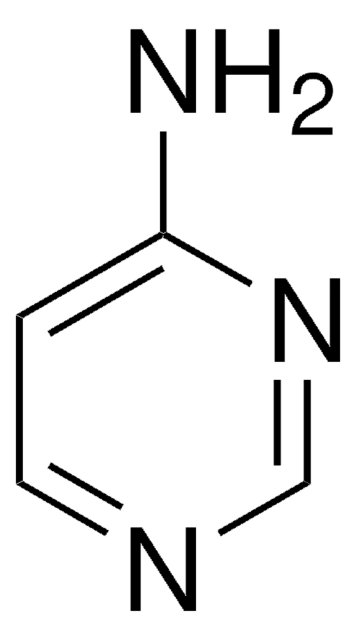Kluczowe dokumenty
B4563
Bisantrene dihydrochloride
≥98% (HPLC)
Synonim(y):
Bis((4,5-dihydro-1H-imidazol-2-yl)hydrazone)-9,10-anthracenedicarboxaldehyde dihydrochloride, NSC 337766
About This Item
Polecane produkty
Poziom jakości
Próba
≥98% (HPLC)
Postać
solid
warunki przechowywania
desiccated
rozpuszczalność
deionized water: 8 mg/mL
temp. przechowywania
room temp
ciąg SMILES
Cl.Cl.C1CN=C(N1)N\N=C\c2c3ccccc3c(\C=N\NC4=NCCN4)c5ccccc25
InChI
1S/C22H22N8.2ClH/c1-2-6-16-15(5-1)19(13-27-29-21-23-9-10-24-21)17-7-3-4-8-18(17)20(16)14-28-30-22-25-11-12-26-22;;/h1-8,13-14H,9-12H2,(H2,23,24,29)(H2,25,26,30);2*1H/b27-13+,28-14+;;
Klucz InChI
KINULKKPVJYRON-PVNXHVEDSA-N
Zastosowanie
Działania biochem./fizjol.
Hasło ostrzegawcze
Warning
Zwroty wskazujące rodzaj zagrożenia
Zwroty wskazujące środki ostrożności
Klasyfikacja zagrożeń
Acute Tox. 4 Oral - Aquatic Acute 1
Kod klasy składowania
6.1C - Combustible acute toxic Cat.3 / toxic compounds or compounds which causing chronic effects
Klasa zagrożenia wodnego (WGK)
WGK 3
Temperatura zapłonu (°F)
Not applicable
Temperatura zapłonu (°C)
Not applicable
Certyfikaty analizy (CoA)
Poszukaj Certyfikaty analizy (CoA), wpisując numer partii/serii produktów. Numery serii i partii można znaleźć na etykiecie produktu po słowach „seria” lub „partia”.
Masz już ten produkt?
Dokumenty związane z niedawno zakupionymi produktami zostały zamieszczone w Bibliotece dokumentów.
Nasz zespół naukowców ma doświadczenie we wszystkich obszarach badań, w tym w naukach przyrodniczych, materiałoznawstwie, syntezie chemicznej, chromatografii, analityce i wielu innych dziedzinach.
Skontaktuj się z zespołem ds. pomocy technicznej